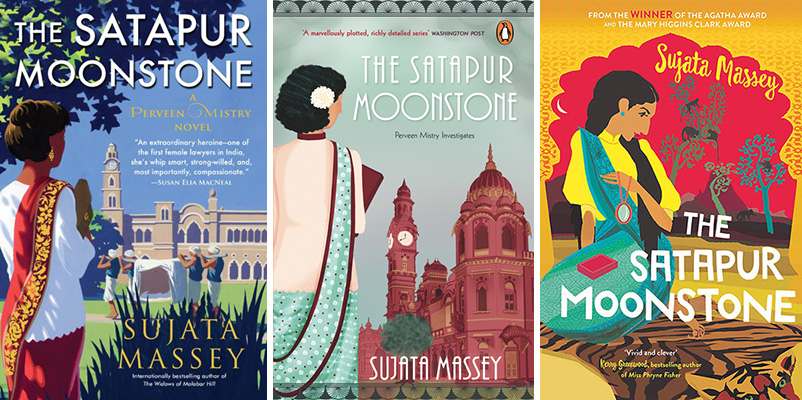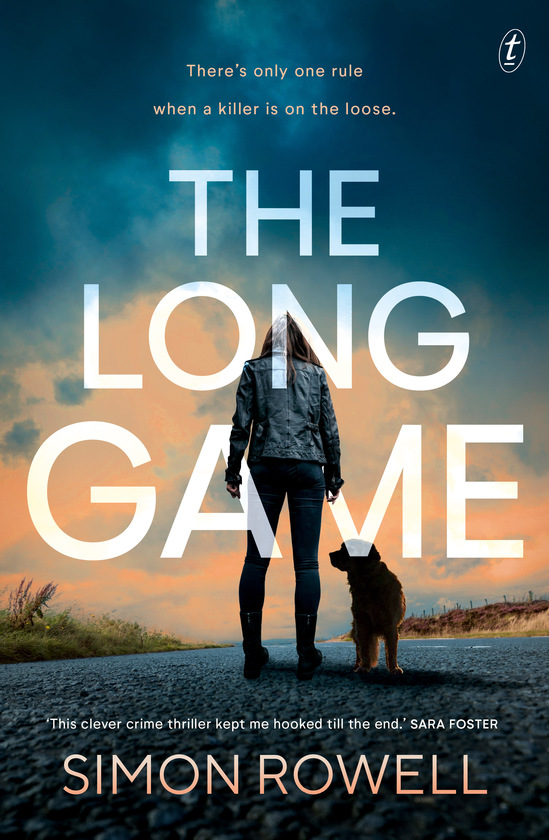- format: Kindle (Amazon)
- ASIN : B07CYQDHHJ
- Publication date : May 8, 2018 -originally published in 2015
- Print length : 277 pages
- Page numbers source ISBN : 198104986X
- #1 Peter Hatherall series
Synopsis (Amazon)
One buried body.
Many hidden secrets.
When the body of a teenage girl is discovered, the villagers of Birkbury close ranks to protect their secrets.
Gossip turns to fear and suspicion as they realise the killer is one of them and is prepared to kill again.
Beneath the good manners and polite smiles, DCI Hatherall discovers deep-seated resentments and family feuds going back decades. The stakes are raised when another girl goes missing.
Will the police uncover the killer before it is too late?
My Take
A debut title and the first in a series. The author has gone on to write more than a dozen titles, including five more in this series.
During a big storm, a large tree falls over and reveals a skeleton. There is no problem in identifying the body as there is a bracelet that identifies her as a girl who had gone missing twenty years before. It seems most likely that she had been working at one of the local riding stables but nobody is able to remember her.
After her body is identified her twin brother and a cousin both turn up in the village. DCI Peter Hatherall and his offsider DC Fiona Wilson try to track down all who might have some knowledge of what was happening twenty years before. A mixture of local gossip and a set of old photos point the way for them.
While the story is very readable, and most of the i's get dotted and the t's crossed by the end, there are signs that this is a debut novel - for example there are a number of characters who come to nothing, and side-plots that have little significance. Peter Hatherall predictably has a curmudgeonly boss who threatens to take the case away from him if he doesn't get results "soon", and one of the suspects plays golf with someone higher up the chain than Peter Hatherall. Peter has domestic issues, a problem daughter, and a tragedy in the past, that all add dimensions to his character.
I'm looking forward to reading the second in the series.
My rating: 4.3
About the author
I was born and brought up in South west England where I still live with husband,two teenage children and aged dog. I studied law at Brookes University, Oxford but after a few years of feeling suffocated left to drift through a series of casual jobs. Mostly they have been connected with horses in some way but all gave me the freedom to dream and feed my imagination.








